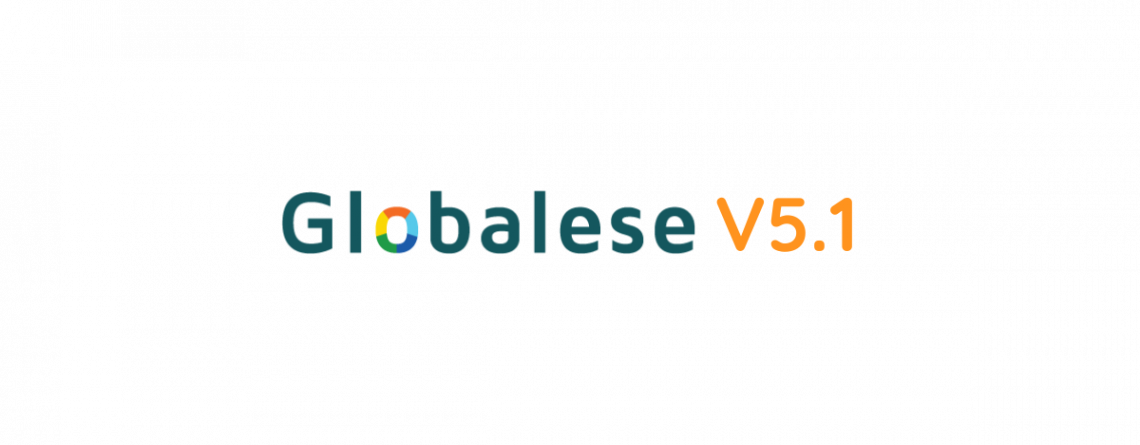09Nov
12Mar
Machine Translation: the Right Expectations, the Right Priorities
Machine Translation today is a real productivity service. While the conclusion has been obvious looking at the performance data MT services deliver, many organizations with the right characteristics have now decided to adopt the technology to support their workflows, cut costs and save resources. Will the...
19Feb


